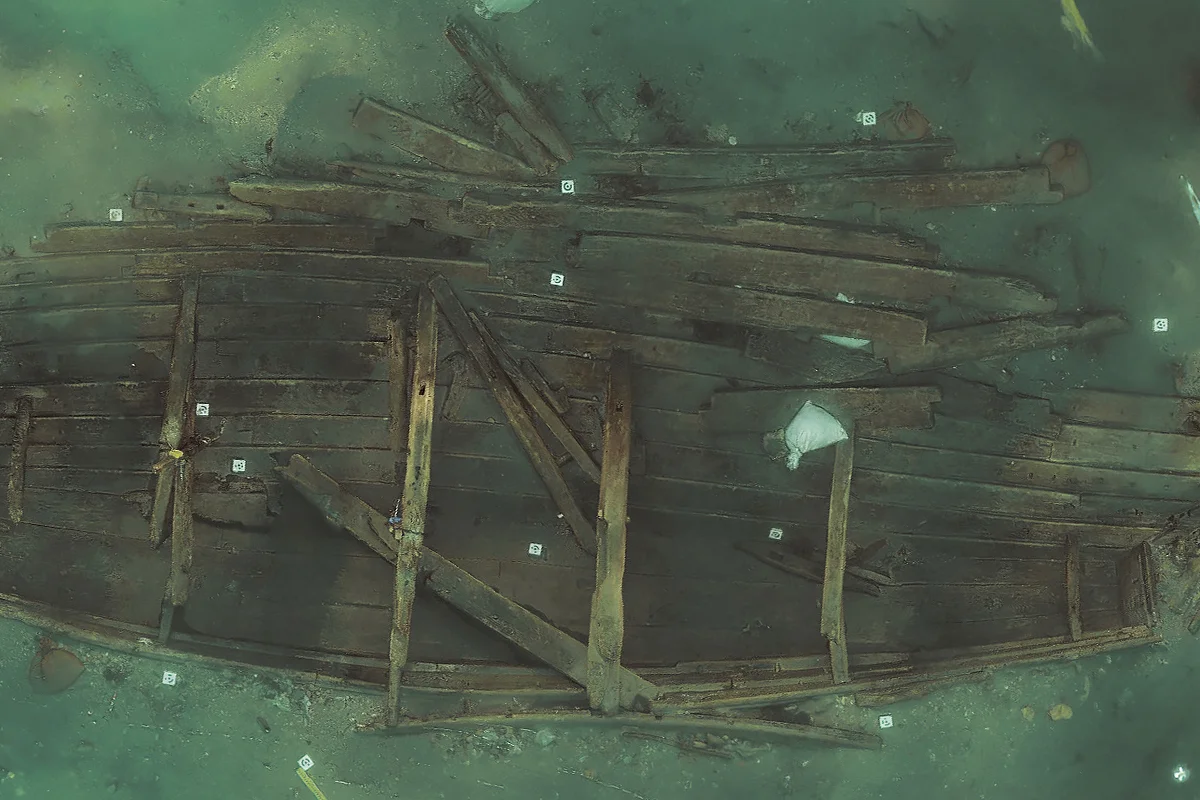A 600-year-old cargo ship from the early Joseon period has been raised from the seabed off South Korea’s west coast.
Known as Mado 4, the ship is the only surviving example from the era, which sank near Taean Island around 1430. The Joseon period was a dynastic kingdom of Korea that lasted for 505 years, from 1392 to 1897.
Mado 4 was first identified in 2015, with archaeologists from the National Maritime Heritage Research Institute spending the next decade documenting and recovering hundreds of artefacts, providing new insights into the ship’s final journey.
Among these artefacts are 63 wooden cargo tags, each inscribed with the ship’s departure point and intended destination. The markings read “Naju Gwangheungchang,” indicating that the vessel had set sail from Naju in South Jeolla Province, carrying tribute grain tax bound for Gwangheungchang in Hanyang (modern-day Seoul’s Mapo District) – where salaries for government officials were administered.

Further confirmation of the ship’s destination was found on 152 pieces of blue-green Buncheong ware which bear the characters “Naeseom.” This indicates that the ceramics were regulated goods overseen by the Naeseomsi, the state office.
Archaeologists suggest that Mado 4 was a segok, a tax transport vessel only previously known about in historical documents. The surviving hull section measures roughly 39 feet long and 16 feet wide.
Unlike earlier Goryeo and Silla ship designs, Mado 4 carried two masts that provided improved speed and durability. Its stern was reinforced with horizontal timbers, while the hull planks were fastened with wooden pegs and later repaired with iron nails – the first examples ever found on a pre-modern Korean ship.
Currently, the hull components are undergoing desalination at the Taean Maritime Museum, where selected artefacts are already on public display.
Header Image Credit : Yonhap
Sources : Yonhap





